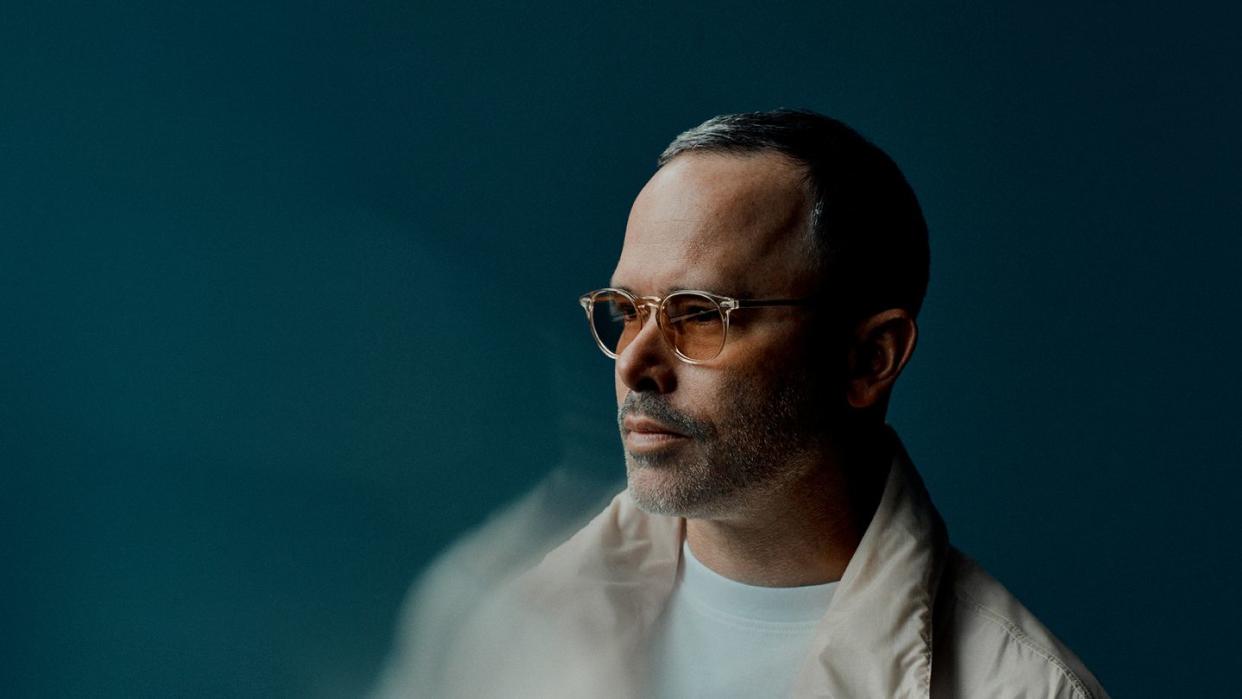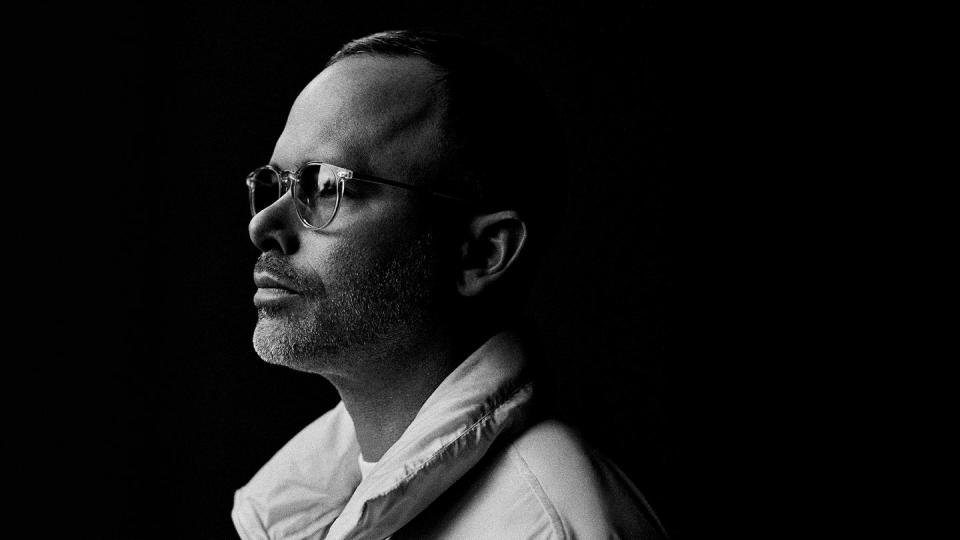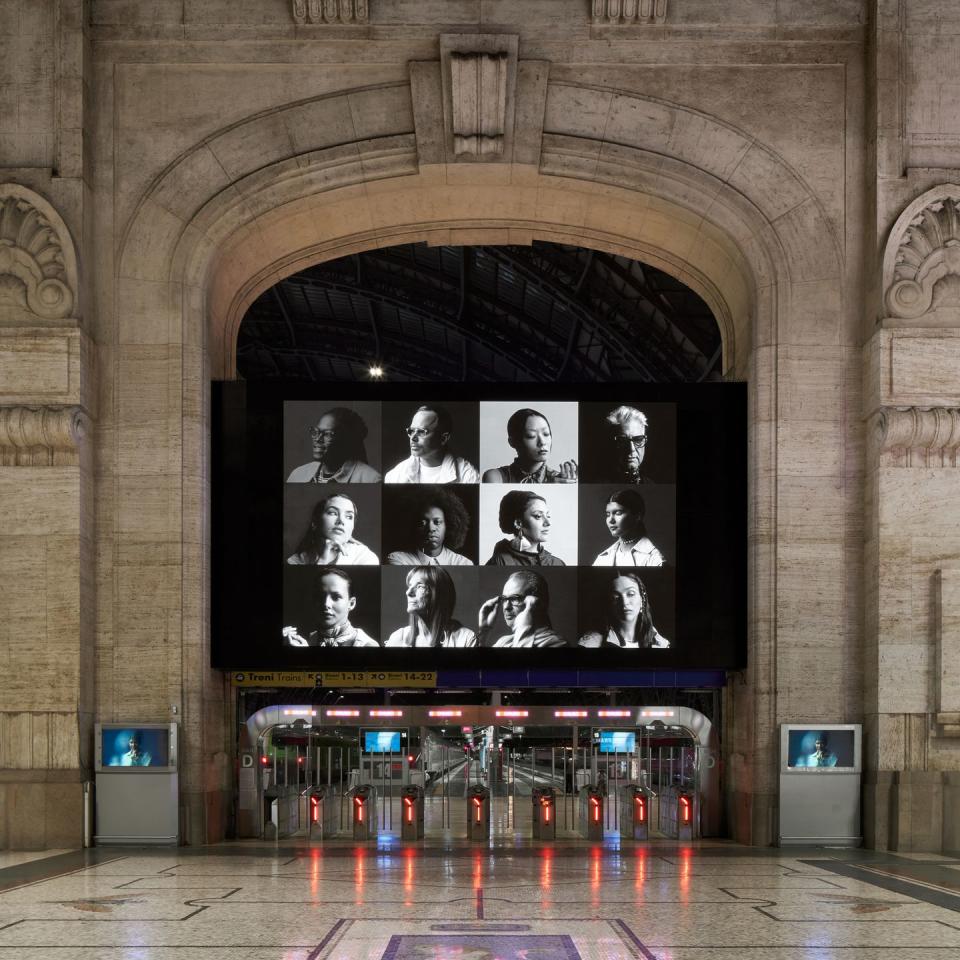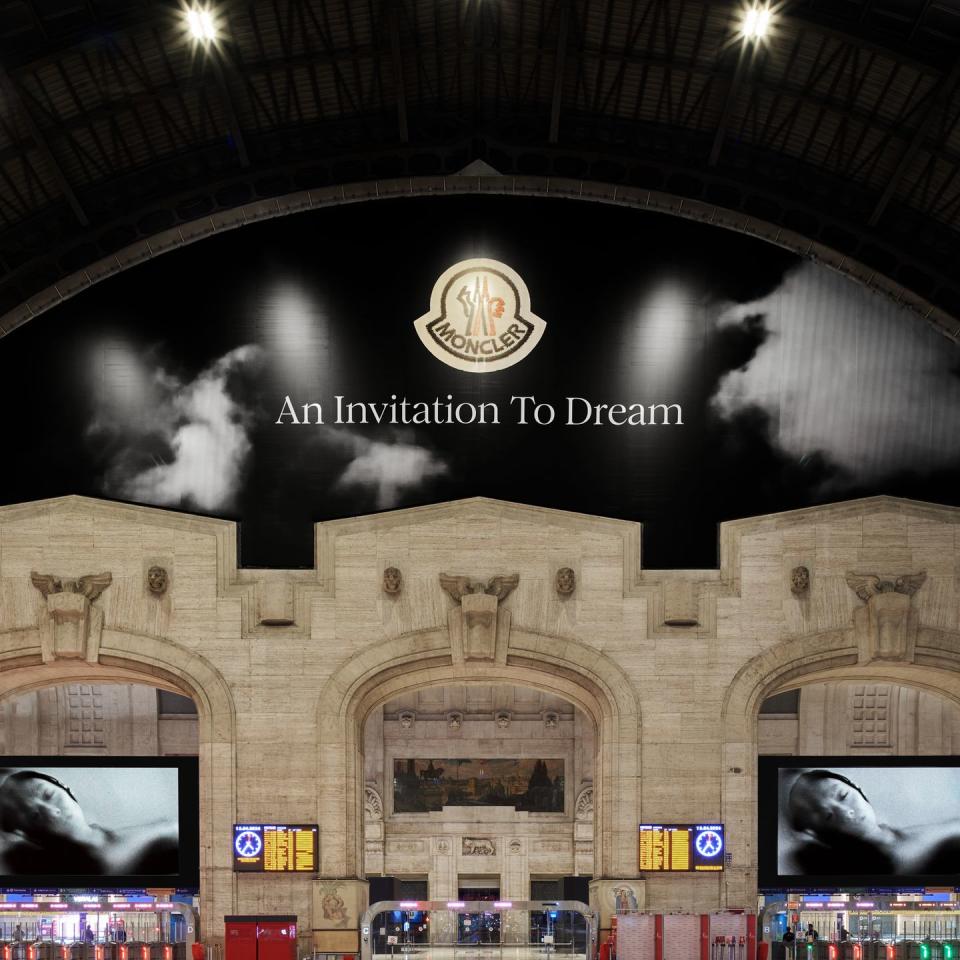Daniel Arsham on Collaboration, Culture, and Childlike Perspectives

- Oops!Something went wrong.Please try again later.
"Hearst Magazines and Yahoo may earn commission or revenue on some items through these links."
It’s tough to figure, as an outside observer, when Daniel Arsham has time to do anything other than work. The American artist—who blends art, architecture, and a sort of imagined archaeology in pieces that explore the passage of time and the concept of artifacts—keeps himself busy, in no small part because he’s not afraid to steer outside his lane when the occasion arises.
“My work tends to span a lot of different fields, and it doesn’t only speak in the art world with a capital A,” he says. “Probably most of my close friends are not visual artists in the traditional sense; they’re directors and people in the fashion space and photography.”
Which goes a good way toward explaining why Arsham and I are chatting in the first place. Despite that full docket of projects, when we hop on the phone, it’s not just about something he’s spearheading but also something he’s part of. In April, during design week in Milan, Arsham was one of the cast of culture-shifting personalities featured in Moncler’s “An Invitation to Dream” exhibition in the city’s famed Central Station. Curated by Jefferson Hack and filmed and photographed by Jack Davison, the takeover featured, alongside Arsham, names ranging from playwright Jeremy O. Harris to indigenous model Zaya Ribeiro.
We talked about how it all came together as well as childhood dreams, the nature of collaboration, and a whole lot more. Read on for the highlights from our conversation.

On working with Moncler
It started with a text message from Jefferson Hack, who I’ve known for a number of years. We worked together, and he’s a close friend. He said, “I’m organizing this project for Moncler that’s about artists and dreamers.” I really like his taste in things, and he had some great people already involved, and I really liked the photographer that he selected to work on this project, so I flew over to London and spent the day with them. It’s a different focus for them—rather than using models or other people for the campaign, they’re selecting people that are close to the vision that they feel connected to.
On collaboration, generally
The most important thing is the people that I’m going to be working with. And in some ways, at this point, I don’t even really think about them as “collaborations.” It’s just another project. It could be something in automotive, working on an engine; it could be in fashion. A lot of requests come through the door and I don’t do most of them. I would say the majority of the projects that I work on are with people that I know. And it has to make sense. It’s usually things that I gravitate toward in my own life, that I like outside of my art practice.

On collaboration, more specifically
If I think about recent projects that I’ve done, I worked on a really great project with Lewis Hamilton for Monaco, which was the design of his helmet, which we then sold for his charity. I’m doing a project with Dr. Seuss, which is kind of a childhood dream—watching my own two sons engage with that, just to show them that these things are possible.
On the childlike perspective
Children approach the world in a much freer way, and one of the most interesting things that they do is they misuse things. They use architecture in weird ways. Give a kid a banister rail on the staircase and it’s a slide. They misrecognize and play with what the design intention was for certain objects. That is a very freeing way of looking at the world, and certainly as adults, we tend to either forget those things or just not have the time to engage with them in that way. It certainly impacts the way that I generally think about the world, and I try to engage with some of that childlike perspective.

On the intersection of art and fashion
Obviously, I’m biased toward my particular group of people and my generation. There was a moment, from 2010 to really 2020, when a lot of people from outside traditional fashion were entering that space and dominating it. I would say that the pinnacle of that was Virgil [Abloh], who kind of just reinvented what that whole thing could be. It feels like that is changing now. I think fashion generally is in a transition space right now. Some of that has to do with economic forces, probably. It ebbs and flows, I guess.
On young artists
I always look to the youngest people in the space to introduce new things. They’re able to—like we talked about earlier, with the kids misrecognizing things—see things that are just below the surface.
You Might Also Like

